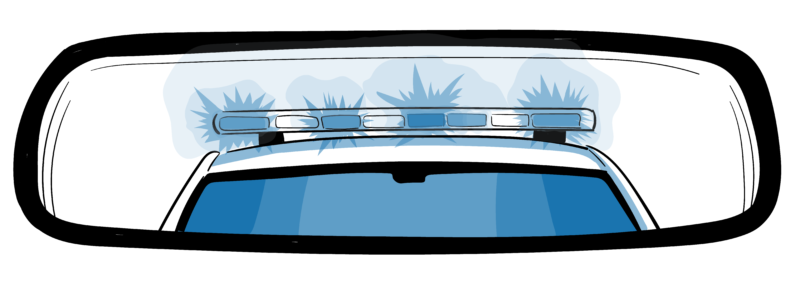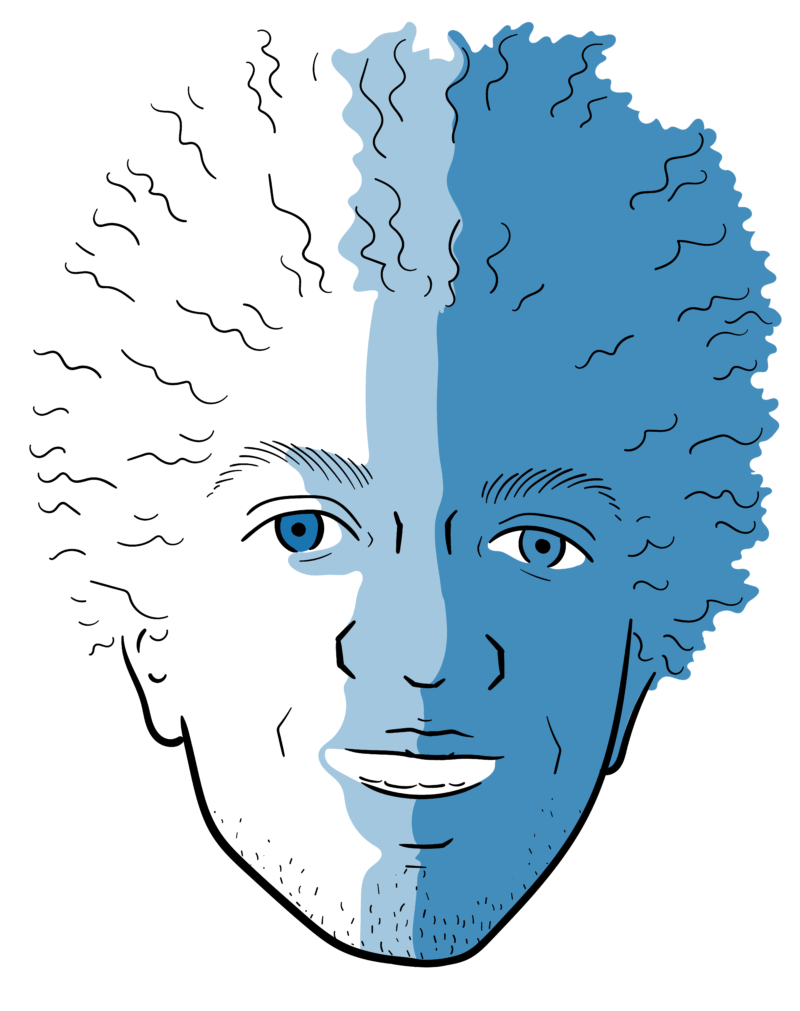When a police officer kills a Black person and a camera happens to capture the encounter, I think of Cops, Fox’s infamous reality show that followed law enforcement as they patrolled US streets. The grainy footage, the blurred faces and license plates, the strangely rigorous time stamps in the corner of the screen—everything felt coated in a hazy, drowsy skim. Before it was canceled, in 2020, and syndicated throughout the aughts, Cops came on late, wedged between dramas and sitcoms and the local news. That time slot and the show’s distinct lack of narrative and continuity seemed to signal a shift from fiction and entertainment to something more perverse and gawking. As a young viewer in the 1990s, I did not typically complete episodes; whenever I did, I felt duped. The theme song, which seemed mixed to maximum loudness, invoked “bad boys” and imminent danger (“What you gonna do when they come for you?”), but Cops was essentially a variety show. The policework was directionless and random, guided by whim rather than probable cause—an improvised fox hunt. And the “stars,” the hawkish beat cops whose perspectives we followed, despite their noirish narration and canned charisma, seemed indistinguishable from security guards or traffic cops. They were sentient stop signs, essentially: sophisticated traffic lights. Whether they were chasing someone down or having a conversation with a suspect that wasn’t bleeped into incoherence, I couldn’t discern how one encounter differed from another, why one person was pursued and beaten, while another was cuffed, warned, and let go.
The one thing I could count on in any given episode was that law enforcement would be the aperture through which I saw crime. This is the core premise of the show: to see the public through the eyes of the police. Thanks to the internet and the efforts of countless activists, victims, and bystanders, that premise has grown increasingly untenable. We know that the menacing, chaotic public that Cops insists must be handled with force is a gross fiction generated through standard reality show tricks. (We also now know that the show’s producers coerced suspects into signing consent forms and granted participating police departments editorial approval.) But even with the knowledge that police work is less dangerous than landscaping, roofing, logging, and garbage collection, it remains difficult to watch dash-cam and cell phone footage and not see like...
You have reached your article limit
Sign up for a digital subscription and continue reading all new issues, plus our entire archives, for just $1.50/month.
Already a subscriber? Sign in






